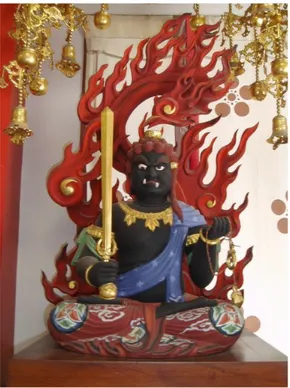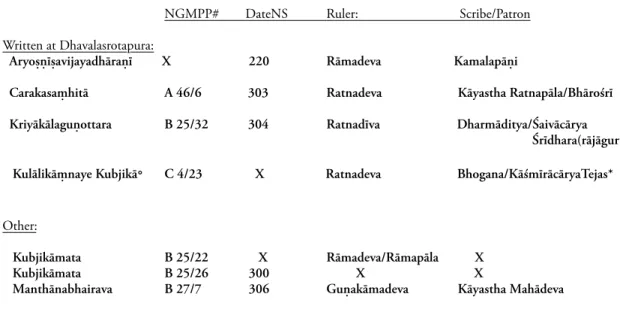A thesis submitted in partial satisfaction of the requirements for the degree of
114
0
0
Volltext
(2)
(3)
(4)
(5)
(6)
(7)
(8)
(9)
(10)
(11)
(12)
(13)
(14)
(15)
(16)
(17)
(18)
(19)
(20)
(21)
(22)
(23)
(24)
(25)
(26)
(27)
(28)
(29)
(30)
(31)
(32)
(33)
(35)
(36)
(37)
Abbildung



ÄHNLICHE DOKUMENTE
The red curve shows the prior probability distribution function that is flat in the e↵ective electron neutrino mass m ⌫ and the green dashed curve shows the prior
Copyright 2007 - This Catalog has been prepared for Asa Saphu Kuthi and Buddhist Library, Japan by Mr.. Tanoue Shigeru